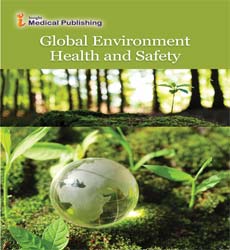Experimental data of designing an optimal system for storage, collection and transfer of household waste in the GIS environment: A case study of Tehran, Iran
Abstract
This study was conducted to correctly manage the system of storage, collection and transfer of wastes in district 22, Tehran. After reviewing existing methods, an optimal system was designed in the GIS environment and appropriate solutions were suggested. Analytical Hierarchy Process (AHP) method was used. After extracting result criteria, these criteria were provided to 15 experts and managers by means of a Delphi questionnaire. Screening of the criteria was done using the criterion importance graph; a necessary condition to apply criteria and sub-criteria, is having at least half the numerical value of each vertical and horizontal vector. The results of the study showed that the most important criterion associated with the selection of waste transfer station is distance from residential houses with a final weight of 0.341. Suitable traffic conditions and lack of noise pollution are the next important criteria with weights of 0.259 and 0.118, respectively. Finally, non-destruction of recreational facilities was chosen as the least important (weight of 0.03). Transfer in this district is also 100% mechanized. At the district level, there are 10 garbage trucks, of which 7 collect during night and 3 during day. Given per capita of the district, it takes about 10 minutes to collect each ton of waste. In general, in order to investigate and plan specific methods in the study district, using geographic information system, the location of reservoirs in residential and commercial districts has been determined and suggested with a coefficient of 0.75.
Open Access Journals
- Aquaculture & Veterinary Science
- Chemistry & Chemical Sciences
- Clinical Sciences
- Engineering
- General Science
- Genetics & Molecular Biology
- Health Care & Nursing
- Immunology & Microbiology
- Materials Science
- Mathematics & Physics
- Medical Sciences
- Neurology & Psychiatry
- Oncology & Cancer Science
- Pharmaceutical Sciences
